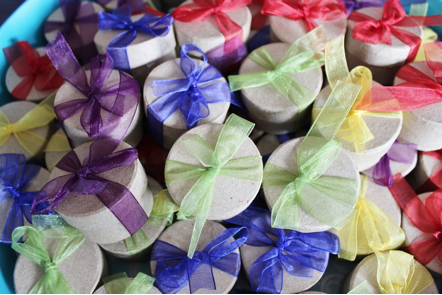Packaging has a double function, that of storing or packing the product, and of being a ‘magnet’ that attracts the public through its image. These two functions must always be united if you want to have a space in the mind of the consumer and in the supermarket shelves.
Regarding packaging as another element of communication of the brand, according to one professional designer, “Advertising can be considered as the air force, but packaging is the infantry, and to take a hill you have to use it”. So, let’s look at some considerations to have a good infantry base.
- Characteristics of the product to be packaged
Normally the product can be presented in three physical states: liquid, solid or gas. According to the physical state of the product, you must consider the design of the container.
- Packaging process
The packaging will be designed depending also on the form of filling to which it will be subjected. The container must withstand pressure differences, as well as the vacuum, the internal pressure of the product subjected to thermal processing and external pressures, etc. The packaging design must take into account the tolerances and movements or vibrations during or after packaging.
- Anticipated shelf life of the product
The shelf life should be considered as the time that a certain product should remain with the original quality characteristics with which it was launched on the market. For this you will have to consider aspects such as its weight, shape, size, colour as well as the material of the container.
- Product-package compatibility
It is essential that the necessary tests are carried out with the materials that have been chosen and the conditions that the container and the product will be subjected to.
- Handling and application of the product
You must ensure that the effort required in unpacking and application of the product is as simple as possible for the user.
- Consumer market
You need to take into account the market to which the product is directed, as well as the positioning that you want to have in the market; therefore, the packaging must also be consistent with that objective, as well as with the “philosophy” of your product. Packaging materials will differ when you are targeting a market in which saving is fundamental compared to when you are designing a container for a luxury product, such as perfume.
- Selection of the optimal size
The size and shape of the container can be decisive in the choice of your product by the consumer. Studying those products that are directly your competitors and knowing the way in which they are presented is fundamental to determining your own packaging presence.
- Printing and labelling process
It is necessary to consider how the printing and labelling of the product will be carried out when you start to work on different design options. Perhaps you will need to eliminate some aspects of your design or modify them in favour of a more optimal printing and labelling process.
- Quality is important in the marketing approach
Current markets are characterised by two aspects: a very competitive offer and the growing awareness of consumers about the quality of products. Quality, from the point of view of packaging, has two elements to consider:
- The quality of the product, referring to the materials and manufacturing processes of the container.
- And the quality of the service / use; the correct operation of the container as well as a fair and competitive price.
- Ecological impact
When designing a container, you must take into account the ecological consequences of it, through the choice of material, manufacturing processes, life after use, reuse or recycling. The design of containers is increasingly important in terms of sustainability of the same with respect to the environment and trying to reduce the negative impact that your activity and products can have on the environment. It is essential that you consider an ecological design, efficient consumption of natural resources, and that waste can be managed well by recycling or reusing it.
So, there are 10 tips to consider when creating packaging for your business and product. Incorporate these suggestions and you will be heading in the right direction of your business!
